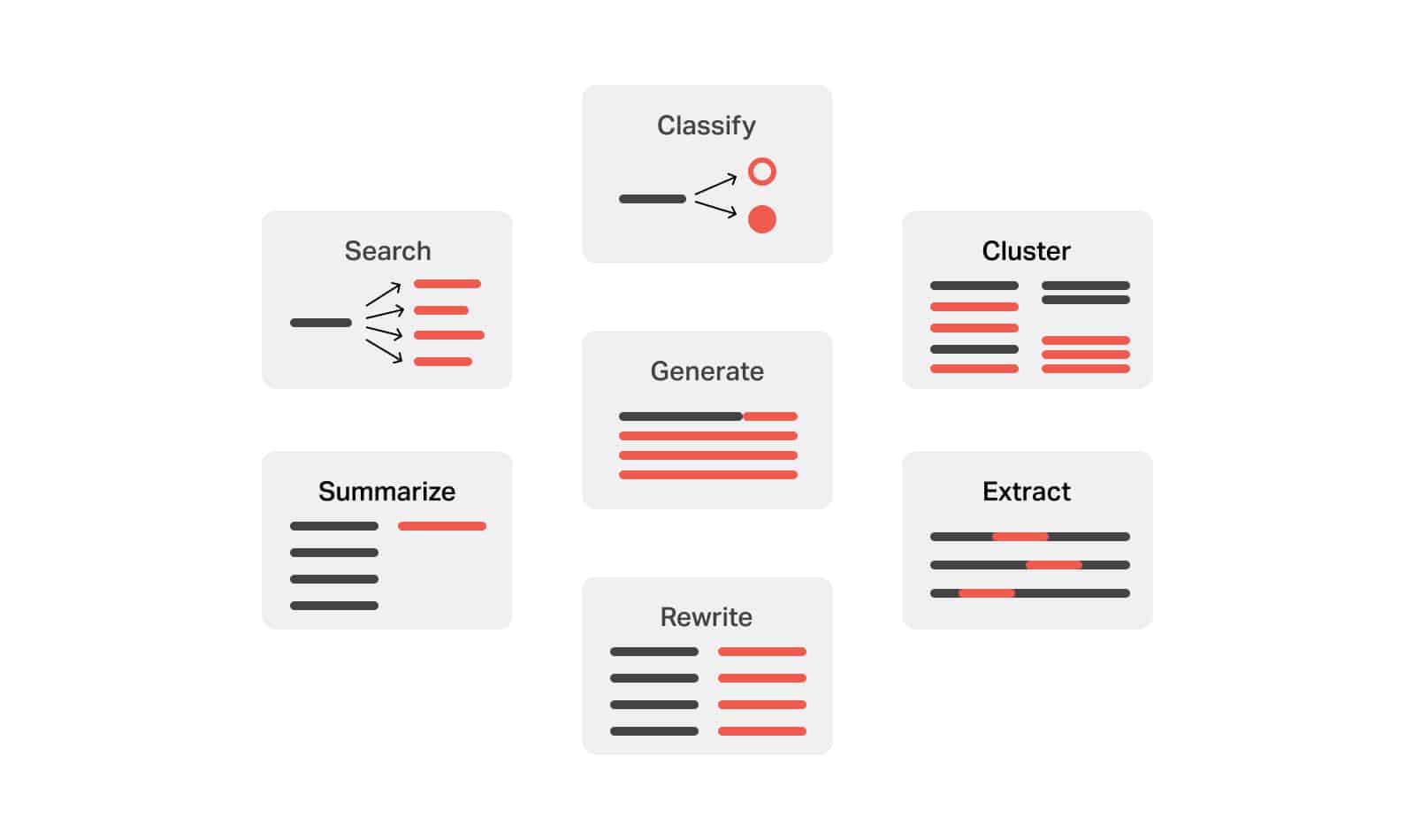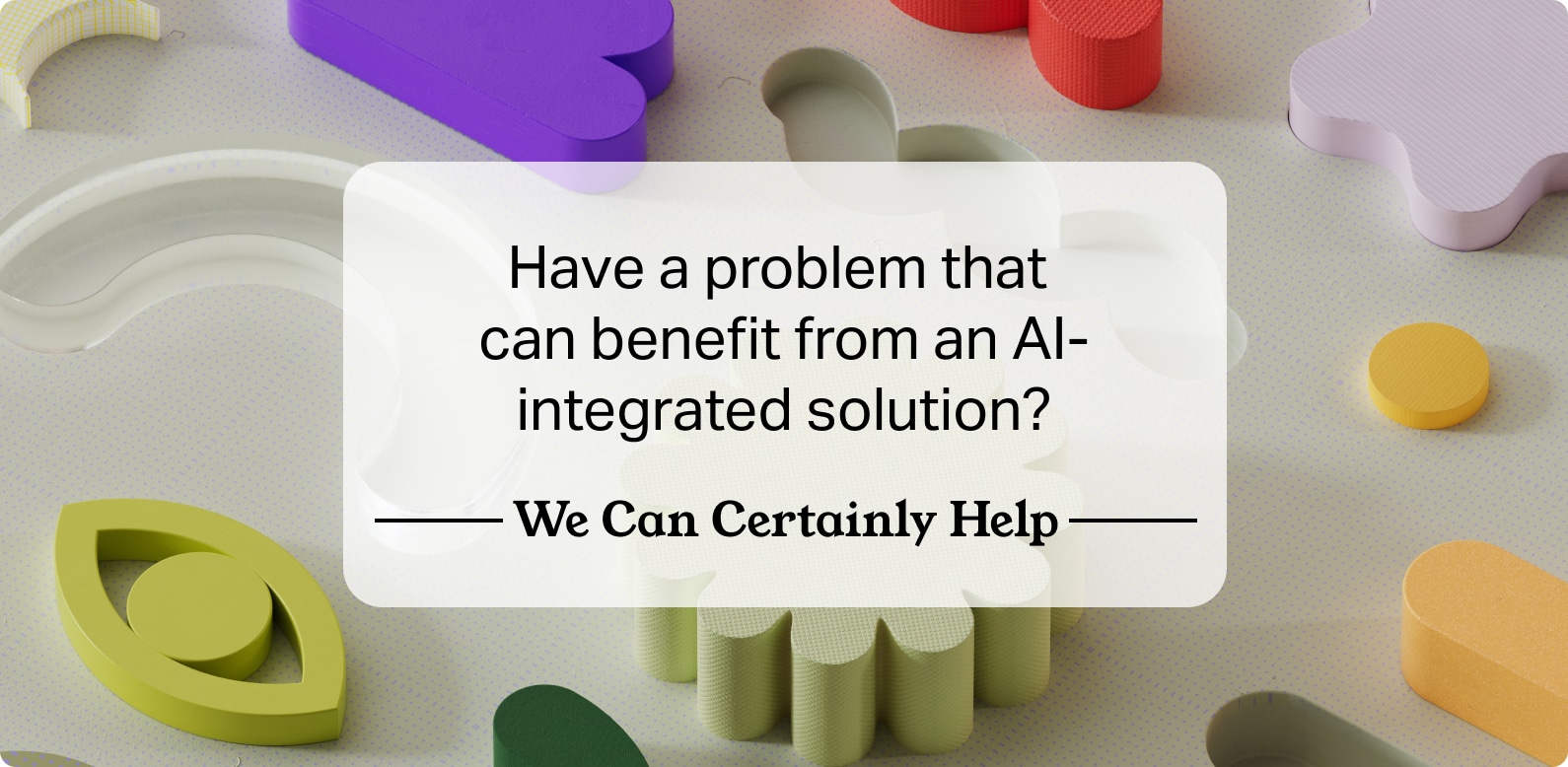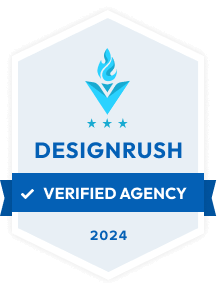In the scant few months of being operational, Generative AI has taken the world by storm: The hype has not left any field unaffected. With everyone talking about it, if not using it, GenAI has changed the landscape of content creation.
Being staunch proponents of capitalising on novel technology to make lives more efficient, we at Ignite Solutions are working on integrating GenAI (be it OpenAI’s ChatGPT, Google’s Bard, Midjourney, or Wordtunes) into multiple client projects. We believe that this new direction will make any kind of software more powerful, thereby benefiting business systems in a variety of use cases.
Another aim of ours is to aggressively counteract FUD – fear, uncertainty, and doubt.
Rather than viewing AI as an omniscient and omnipotent foreign entity, we think of it as a useful layer that can be integrated into existing systems to enhance functionality. Using emerging technology correctly can get you ahead of the curve, and as this space is full of exciting promise, we are determined to discover its many applications in a plethora of contexts.
Here is one example of how we successfully went about it.
Where It All Began
One of our clients, Journal Club, is a startup that has made brilliant strides in streamlining the field of continuing medical education. Wanting to go beyond the curation of papers from medical journals and original medical research by professionals at institutions, they wanted a platform where members could view articles selected by peers, publish original content, share comments in closed circles, and interact with contemporaries across fields. It was akin to building a social media platform tailored to a specific purpose and community with the aim of making communication and learning a breeze.
Ignite designed, developed, and tested it all, acting as the CTO organisation for the project. Alongside guiding technical strategy and engineering the product, we also created the front-end (UI and UX designs) and architecture.
AI to the Rescue
Generative AI, in this case, was all about efficiency. Original research or journal papers require abstracts that succinctly let the reader know what to expect. Often, this is what determines if a professional wants to read further, making summaries indispensable; the paper needs to be read in order to impact medical practice.
The process, however, is easier said than done. Medical professionals find coming up with good summaries tedious, challenging, and time-consuming. Having authored the work, they are sometimes too close to the content to perhaps know which points are impactful. Furthermore, they have already spent a considerable amount of hours on research apart from other duties and do not have any more time to spare.
Another part of this process is their references. For giving credit where it is due and their own work’s credibility, authors need to summarise the sources touched upon to build their argument – a hefty total. This means another list of texts to be condensed.
AI fits right in to solve the lacuna. This is what Aman, the Founder of Journal Club, and our team at Ignite thought as well.
He spotted the benefit of automation, and we set about finding a solution that would facilitate quick, accurate summarisation.
Our first step was to identify which Large Language Model was up to the task. LLMs are a type of AI algorithm that use deep learning and mammoth data to understand, generate, predict, and – our requirement – summarise content. Contributing significantly to the field of Natural Language Processing, the current list of LLMs facilitates more accurate output and fewer mistakes while also being flexible enough to fit any use case. They can take in input, analyse it, break it down, and for all practical purposes, ‘figure out’ what the information means. Then, with the right prompt, they can give you quite exactly what you need.

For this customer-driven solution, OpenAI, Google Bard, and AI21 Wordtunes were considered. The assessment parameters were accuracy, speed, and price point. After testing the options and studying outcomes, we juxtaposed their utility with cost-effectiveness. Google Bard did not have APIs available for use and OpenAI’s perceived price advantage was low. Thus, Wordtunes was the clear winner.

Implementing the Solution
The remainder of the process took place in three parts – instruction, organistion, and integration.
The first step was to figure out what we wanted to ask the AI. Purely asking it to “write a summary” was too open-ended; we had to guide the system from start to finish. Providing a suitable request for a brief meant effectively ensuring that the AI comprehended the target audience, desired format, language style, relevant context, document type, and word limit. Finally, we engineered a prompt that, nine out of ten times (more on that later!), gave us precisely the output we sought.
Then came the cleaning of the data intended to feed the AI. Extracting and preparing the text from the articles before feeding it to the tool is integral for smooth functioning. We had to remove any graphs, delete images, get rid of extraneous content, and sometimes even shorten the whole piece to make it all coherent for the AI. It was imperative to do so as text-based models will come up with distorted answers if what they have been fed is cluttered.
The last stage was integrating it with the software we had built. We added a button …
… and that was it.
As our solution was bespoke and end-to-end already, incorporating this element into the platform was nothing short of elegant. The end user could now upload attachments with long-form content and with just one click, receive a refined, relevant, and readable summary at their disposal.
Tackling Challenges
As is the case with any system that is developed by humans, especially when designed to mimic them, using AI comes with some hiccups. We faced a couple of these along the way.
Did you know that AI can hallucinate? Every once in a while, we would insert the prompt and get irrelevant output. One time, we tested the solution using a medical article and received a ballad that waxed poetic about Cleopatra and Mark Antony as output. But we were striving for perfection, and so we considerably reduced these instances by crafting a prompt that was standard yet highly particular. Repeating the operation multiple times meant that the AI learnt what outcomes were ‘gibberish’, mitigating the margin of error.
The second issue was with massive articles and text preparation. Due to the volume of work that we sometimes had to input, the cleaning framework was laborious. Rather than asking the end-user to manually perform this task, we devised a code that could identify the aspects of the literature that needed to be removed while maintaining all the relevant information. Complex problems, simple solutions.
In the end, we delivered a modification that increased efficiency via AI, and our client was incredibly happy.
Here’s what the founder of Journal Club had to say about the journey:
“Journal Club is a platform designed for academic entities to curate, create and distribute medical content. Two critical challenges were the ability to choose from an annual batch of almost two million peer-reviewed medical articles and then using them as a launchpad or as context for the expert insights that our users provide.
Ignite Solutions reviewed a variety of AI-based summarization technologies to identify a reliable summarizer and seamlessly integrated it into our platform. Experts could now simply upload articles and quickly get editable summaries. Additionally, they incorporated this tool for the de novo articles as well, so our writers can quickly get access to a summary of their original content. Kudos to the team and can’t wait to see where we go from here.”
So, what next?
GenAI is a powerful tool that has the capability to help us deliver unique client solutions. As we move forward, we are closely following the progress in this field and seizing opportunities to better our clients’ processes.
In the case of Journal Club, the next step would be looking at Natural Language Queries; allowing our client to write the prompt and toggle with the parameters to get different types of answers. Perhaps a summary that is simple English with no jargon, or translated on the spot into other languages. Interaction, customisation, scalability – the possibilities are endless and we want to ensure that they actualise.
Ignite Solutions goes beyond just using new technology for its current capabilities and identifies the potential it has to solve problems innovatively.

Reach out to us to know what we can do for you.



